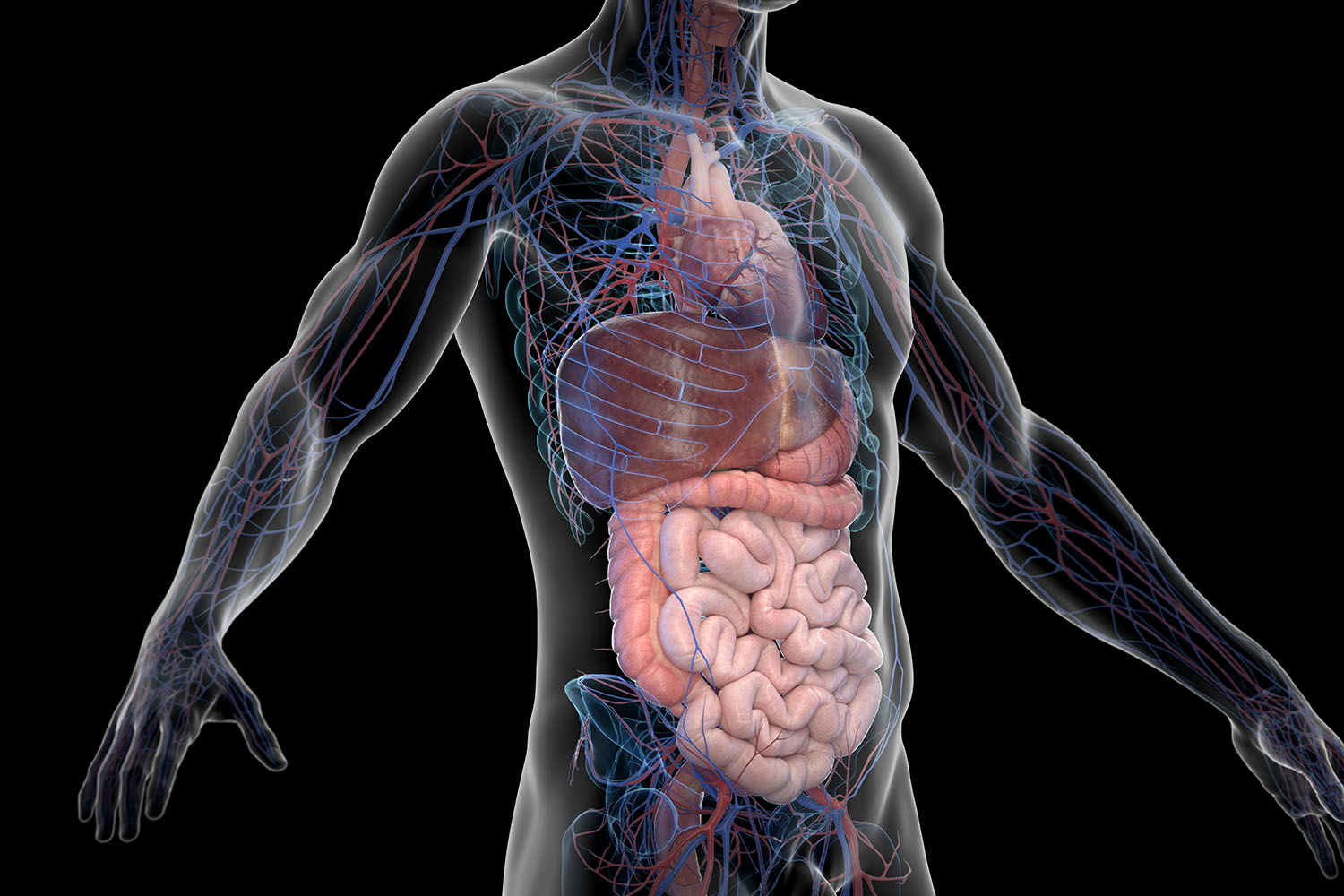Overview
The human body is an intricate masterpiece of biological engineering, comprising numerous organs and systems that work harmoniously to sustain life. Understanding the names and functions of inside body parts not only enhances our knowledge but also fosters a deeper appreciation for the marvels within us. In this blog, we will delve into some key inside body parts names, supported by facts and international research.
The Brain: The Command Center
The brain, often referred to as the body’s command center, is a complex organ responsible for controlling thoughts, memory, emotions, and vital bodily functions. Research by the World Health Organization (WHO) emphasizes the brain’s role in maintaining mental health, highlighting the importance of understanding its structure and functions. Inside the brain, the cerebrum, cerebellum, and brainstem are critical components that work together to coordinate activities ranging from voluntary movement to involuntary processes like breathing.
The Heart: The Lifeline
The heart is a powerful muscular organ that pumps blood throughout the body, delivering oxygen and nutrients while removing waste products. According to the American Heart Association, the heart beats about 100,000 times a day, showcasing its relentless work ethic. Inside the heart, the atria and ventricles play pivotal roles in maintaining blood circulation. Understanding these inside body parts names is essential for recognizing the heart’s significance in overall health.
The Lungs: Breath of Life
The lungs are vital respiratory organs responsible for oxygenating blood and expelling carbon dioxide. Research from the National Institutes of Health (NIH) indicates that the lungs’ alveoli, tiny air sacs where gas exchange occurs, are crucial for efficient respiration. The names of inside body parts like the bronchi and diaphragm are also significant, as they contribute to the respiratory system’s functionality.
The Liver: The Detoxifier
The liver is a large, multifunctional organ involved in detoxification, metabolism, and bile production. Studies by the Mayo Clinic highlight the liver’s ability to regenerate, underscoring its resilience. Inside the liver, hepatocytes (liver cells) perform essential functions that support digestion and detoxification, making it a cornerstone of metabolic health.
The Kidneys: The Purifiers
The kidneys are bean-shaped organs that filter waste products from the blood and regulate fluid and electrolyte balance. Research published by the National Kidney Foundation emphasizes the kidneys’ role in maintaining homeostasis. Inside the kidneys, nephrons are the functional units that filter blood and produce urine, highlighting the complexity of these vital organs.
The Stomach: The Digestive Powerhouse
The stomach is a muscular sac that breaks down food using acid and enzymes, initiating the digestion process. According to the American Gastroenterological Association, the stomach’s inside body parts, such as the gastric mucosa and pyloric sphincter, are crucial for efficient digestion and nutrient absorption.
The Intestines: The Nutrient Absorbers
The intestines, comprising the small and large intestines, are responsible for nutrient absorption and waste elimination. Research from the World Gastroenterology Organization indicates that the small intestine’s villi and microvilli increase surface area for nutrient absorption, while the large intestine reabsorbs water and forms stool. Understanding these inside body parts names is vital for recognizing their roles in digestion and overall health.
The human body’s inside parts are a testament to the intricacy and efficiency of biological systems. From the brain’s complex neural networks to the kidneys’ filtration capabilities, each organ plays a crucial role in maintaining health and well-being. By exploring these inside body parts names and their functions, we gain a deeper appreciation for the remarkable machinery that keeps us alive. International research continues to unveil new insights into these organs, furthering our understanding and enhancing medical advancements. Embrace the knowledge of your inner workings and marvel at the wonders within!
By acknowledging and understanding the names and roles of our inside body parts, we empower ourselves with the knowledge to better care for our health and appreciate the extraordinary complexity of our own biology.



